Snapchat isn’t revealing sales numbers of version 2 of its Spectacles camera sunglasses, but at least they’re not getting left in a drawer as much as the V1s. The company tells me V2 owners are capturing 40 percent more Snaps than people with V1s.
And today, Snapchat is launching two new black-rimmed hipster styles of Spectacles V2 — a Wayfarer-esque Nico model and a glamorous big-lensed Veronica model. Both come with a slimmer semi-soft black carrying case instead of the chunky old triangular yellow one, and are polarized for the first time. They look a lot more like normal sunglasses, compared to the jokey, bubbly V1s, so they could appeal to a more mature and fashionable audience. They go on sale today for $199 in the US and Europe and will be sold in Neiman Marcus and Nordstrom later this year, while the old styles remain $149.
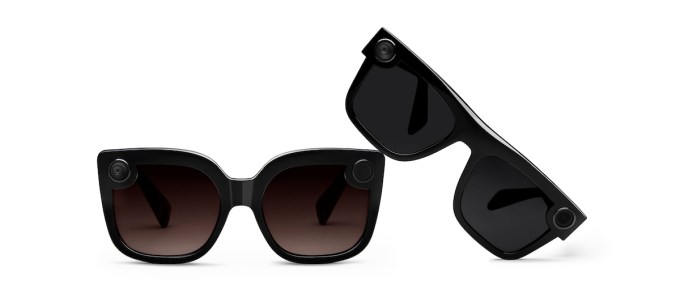
The new Spectacles styles (from left): Veronica and Nico

Spectacles V2 original style (left) and V1 (right)
Snap is also trying to get users to actually post what they capture, so it’s planning an automatically curated Highlight Story feature that will help you turn your best Specs content into great things to share. That could address the problem common amongst GoPro users of shooting a ton of cool footage but never editing it for display.
The problem is that V1 were pretty exceedingly unpopular, and those that did buy them. Snap only shipped 220,000 pairs and reportedly had hundreds of thousands more gathering dust in a warehouse. It took a $40 million write-off and its hardware “camera company” strategy was called into question. Business Insider reported that less than 50 percent of buyers kept using them after a month and a “sizeable” percentage stopped after just a week.
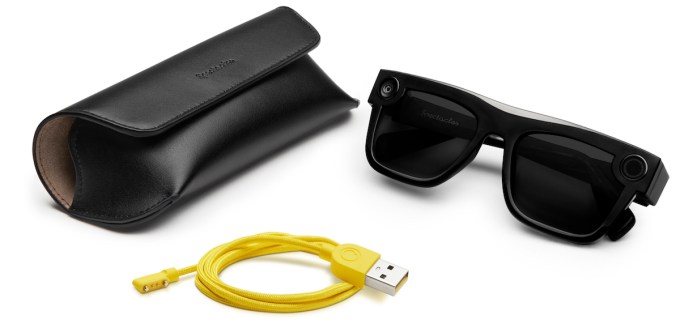
The new styles come with a slimmer semi-soft carry case
That means the bar was pretty low from which to score a 40 percent increase in usage, especially given the V2s take photos, work underwater, come in a slimmer charging case, and lack the V1s’ bright yellow ring around the camera lens that announces you’re wearing a mini computer on your face. Snap was smart to finally let you export in non-circular formats which are useful for sharing beyond Snapchat, and let you automatically save Snaps to your camera roll and not just its app’s Memories feature.
I’ve certainly been using my V2s much more than the V1s since they’re more discrete and versatile. And I haven’t encountered as much fear or anxiety from people worried about being filmed as privacy norms around technology continue to relax.
But even with the improved hardware, new styles, and upcoming features, Spectacles V2 don’t look like they’re moving the needle for Snapchat. After shrinking in user count last quarter, Snap’s share price has fallen to just a few cents above its all-time low. Given most of its users are cash-strapped teens who aren’t going to buy Spectacles even if they’re cool, the company needs to focus on how to make its app for everyone more useful and differentiated after the invasion of Instagram’s copy-cats of its Stories and ephemeral messaging.
Whether that means securing tentpole premium video content for Discover, redesigning Stories to ditch the interstitials for better lean-back viewing, or developing augmented reality games, Snap can’t stay the course. Despite its hardware ambitions, it’s fundamentally a software company. It has to figure out what makes that software special.

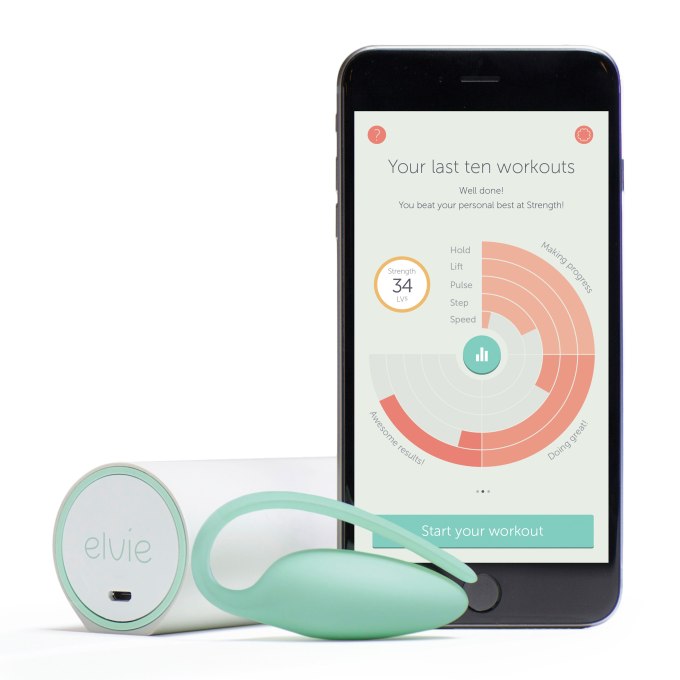
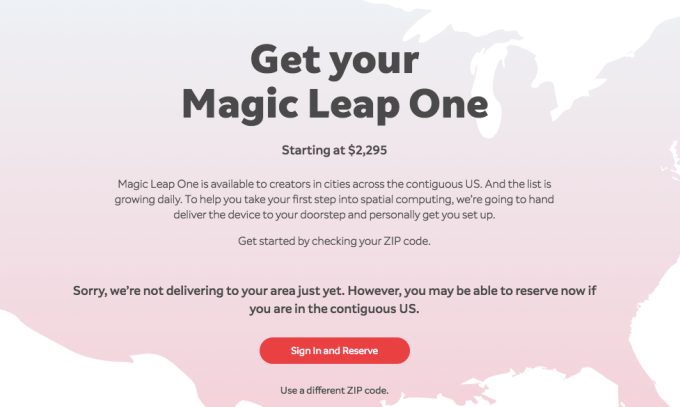
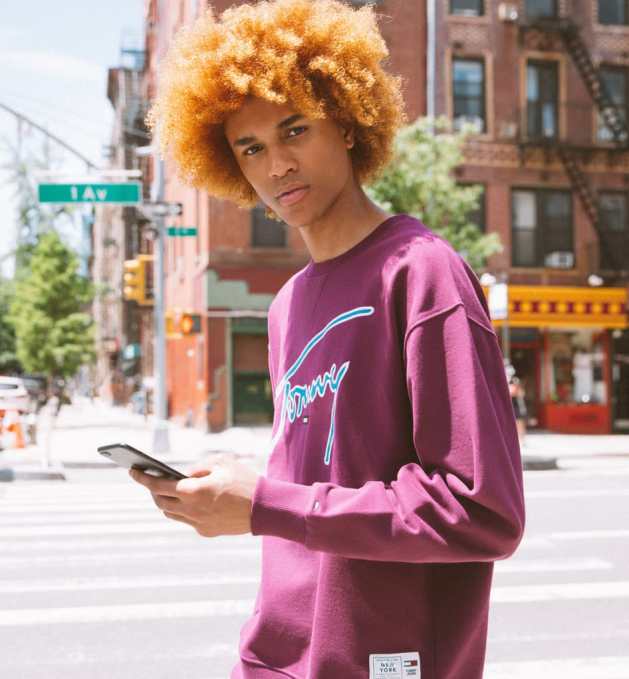
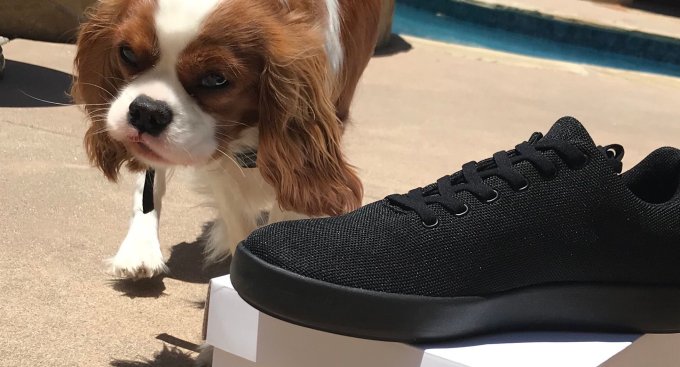




 It will have to rely on that nimbleness and a flawless customer experience if Atoms are going to gain a foothold in a business dominated by brands with huge ad campaigns and brick-and-mortar distribution. One thing it’s thankful to its shoe startup competitor for is that “Allbirds has shown the world is not just ruled by Nike and Adidas”.
It will have to rely on that nimbleness and a flawless customer experience if Atoms are going to gain a foothold in a business dominated by brands with huge ad campaigns and brick-and-mortar distribution. One thing it’s thankful to its shoe startup competitor for is that “Allbirds has shown the world is not just ruled by Nike and Adidas”.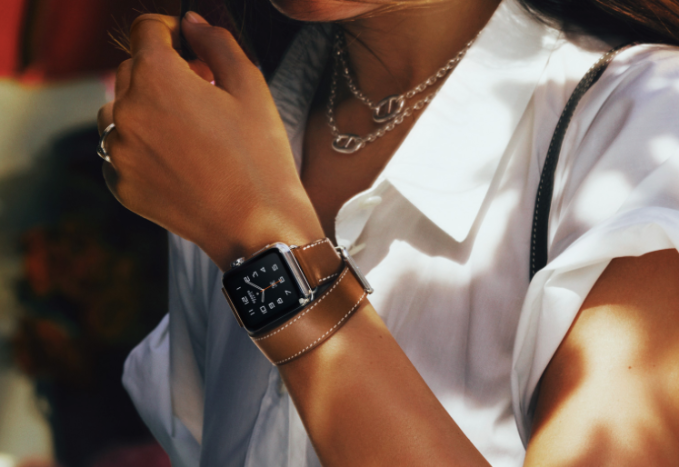 We will get new Apple Watch hardware at some point. The possibilities of better battery life, lighter casings and un-tethered utility are self-evident and Apple will capitalize on those. But when?
We will get new Apple Watch hardware at some point. The possibilities of better battery life, lighter casings and un-tethered utility are self-evident and Apple will capitalize on those. But when?  Action cameras are like tablets. Lots of people want ONE. But very few need to constantly update to the latest model. I suspect this is why GoPro’s sales are slowing, it’s reduced sales forecasts, and it had to lay off 7% of its employees this week. It’s hitting market saturation. Many of the people likely to buy a GoPro already have one and don’t need another.…
Action cameras are like tablets. Lots of people want ONE. But very few need to constantly update to the latest model. I suspect this is why GoPro’s sales are slowing, it’s reduced sales forecasts, and it had to lay off 7% of its employees this week. It’s hitting market saturation. Many of the people likely to buy a GoPro already have one and don’t need another.… 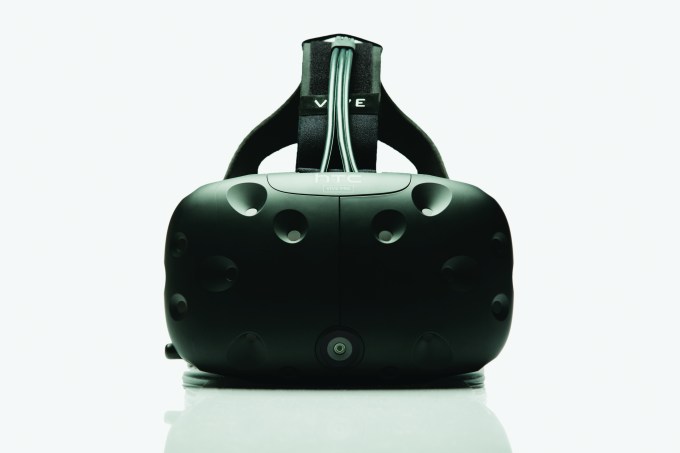 The HTC-Valve partnership, which uncloaked last spring to reveal the pair working on a virtual reality experience called Vive, continues to push towards a consumer release — with their VR headset slated to ship in April 2016.
The HTC-Valve partnership, which uncloaked last spring to reveal the pair working on a virtual reality experience called Vive, continues to push towards a consumer release — with their VR headset slated to ship in April 2016. 